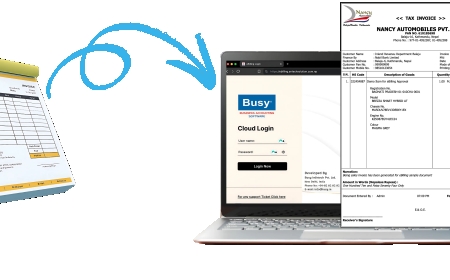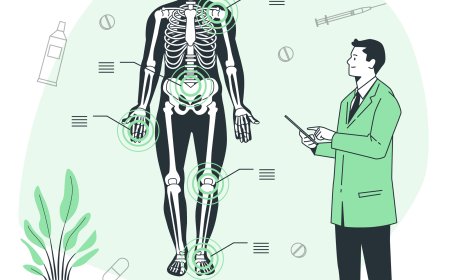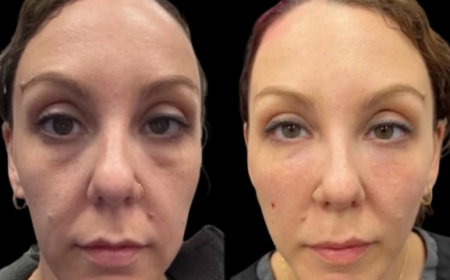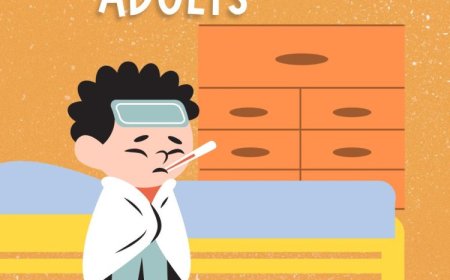Should You Chew Gum When Using Braces or Invisalign Aligners?
Find out how gum can impact aligners and braces, and what simple habits can keep your treatment on track and your mouth healthy.
When undergoing orthodontic treatment, every small habit you maintain can affect the results you achieve. One such habit that raises questions time and again is chewing gum. Whether you're wearing traditional braces or clear aligners like Invisalign, the issue isnt just about convenience, its about safety, hygiene, and the success of your treatment.This blog dives into whether chewing gum is safe during orthodontic treatment, the differences between braces and aligners in this context, and smart alternatives for managing oral comfort and freshness.
The Sticky Situation: Why Chewing Gum Is a Concern with Braces
Traditional metal braces use brackets, archwires, and elastic bands to guide teeth into alignment. Though effective, this system is sensitive and requires lifestyle adjustments, chewing gum being one of them.
Why gum is a concern with braces:
- Gum that is sticky or contains sugar can become lodged around the brackets and wires.
- Difficult removal may lead to poor oral hygiene.
- Raises chances of plaque accumulation and harmful bacteria developing in mouth.
- Can bend wires or loosen brackets, disrupting treatment progress.
Such issues may result in emergency visits to yourdentist in Hammersmithand could delay your overall treatment. For these reasons, orthodontists strongly recommend avoiding gum while wearing fixed braces to maintain both your oral hygiene and the effectiveness of your braces. Prevention is key to keeping your treatment on track.
Sugar-Free Gum: Friend or Foe?
Not all gum is created equal. Sugar-free varieties, especially those sweetened with xylitol, have been promoted for their oral health benefits. These include:
- Increased saliva production:Helps neutralise acids and wash away food debris.
- Minimises Dry Mouth:A frequent concern for patients undergoing orthodontic care.
- Less plaque build-up:Xylitol may reduce bacterial growth.
But does that mean sugar-free gum gets a green light for Invisalign or braces users?
Only under specific conditions. For Invisalign wearers, sugar-free gum can be chewed occasionally, with aligners removed, and followed by brushing before reinsertion. For brace wearers, even sugar-free gum can still cause problems by sticking to brackets and wires.
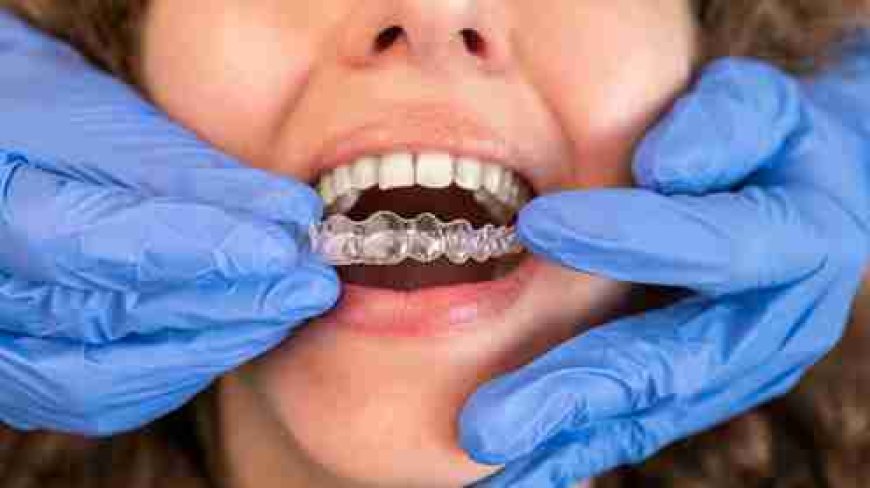
Gum Chewing Guide: Braces vs Invisalign
|
Type of Treatment |
Chewing Gum Allowed? |
Why or Why Not? |
Recommendations |
|
Braces |
No |
Can stick to brackets and damage wires |
Avoid entirely |
|
Invisalign (with aligners in) |
No |
Can stick to trays, warp material |
Remove trays before chewing |
|
Invisalign (with aligners out) |
Yes, occasionally |
Sugar-free gum only, followed by proper hygiene |
Brush before reinserting aligners
|
Better Alternatives to Chewing Gum During Treatment
If youre craving that fresh-mouth feeling or want to reduce dryness, there are gum-free options that are both effective and orthodontist-approved. Here are some alternatives worth considering:
- Sugar-Free Mints:Gentle on braces and unlikely to adhere to aligners
- Mouth rinses: Alcohol-free rinses offer freshness without damage
- Frequent sips of water: Keeps the mouth moist and helps rinse away debris
- Sugar-free lozenges: Stimulate saliva production like gum but with less risk
- Chewing on crunchy fruits or vegetables(for Invisalign users): Apples or carrots offer natural stimulation for saliva
These alternatives help keep your breath fresh and your mouth hydrated without compromising your orthodontic investment.
What About Invisalign? Gum and Removable Aligners
Invisalign Hammersmithoffers a modern, discreet, and flexible approach to orthodontic care. Its removable clear aligners allow patients to enjoy meals, beverages, and oral hygiene routines with fewer restrictions than traditional braces. However, one area where caution is necessary is chewing gum.While Invisaligns flexibility is appealing, it does not extend to chewing gum while the aligners are in place. Gum can easily stick to the trays, causing them to warp, stretch, or tear. This can affect the fit and performance of the aligners, potentially setting your treatment back.That said, chewing gum is not entirely off-limits if the correct steps are followed.
Key Considerations Before Chewing Gum with Invisalign:
- Remove Aligners First:Never chew gum with aligners in. Always take them out beforehand and store them in a case.
- Choose Sugar-Free Gum:Reduce the risk of sugar-related bacteria build-up and cavities.
- Maintain Oral Hygiene:After chewing, brush your teeth and rinse the aligners thoroughly before reinserting.
- Avoid Long Chewing Sessions:Prolonged gum-chewing increases the risk of bacterial growth.
Ignoring these steps can lead to bad breath, staining, or even decay. For tailored advice, consult your dentist in Hammersmith, who can help you maintain effective and hygienic aligner use.
How Gum Affects Treatment Progress
Even if you manage to chew gum without immediate damage, long-term effects can creep in unnoticed. Whether its misalignment from warped aligners or a delayed timeline due to broken brackets, these small choices can add up. For instance:
- Misaligned trays due to warping may no longer apply the intended pressure to move teeth effectively.
- If brackets break, youll likely need an emergency trip to your orthodontist, resulting in potential treatment delays.
- Sugar residue from gum can lead to increased cavity risk, especially in hard to reach areas obstructed by braces or aligner attachments.
Your orthodontic journey should lead to a beautiful, healthy smile. Chewing gum, particularly without caution, introduces avoidable setbacks.
Fresh Breath Tips During Orthodontic Treatment
Maintaining fresh breath is a common concern during orthodontic treatment, especially when wearing aligners for extended hours or dealing with food traps around braces. Good breath isn't just about social comfort, its part of a healthy oral routine.
Quick Tips for Fresher Breath:
- Clean thoroughly:Brush and floss after meals to remove trapped food.
- Clean aligners properly:Rinse and brush your aligners daily to avoid odour build-up.
- Use a tongue scraper:Bacteria often settle on the tongue and cause bad breath.
- Avoid strong-smelling foods:Garlic, onions, and spicy foods can linger.
A few mindful steps can keep your breath feeling fresh throughout your smile journey.
Final Thoughts
Orthodontic treatment demands patience and care. Chewing gum, though tempting, poses more risks than rewards, especially with traditional braces. Even with the convenience of Invisalign Hammersmith aligners, gum should only be chewed with proper hygiene and caution. When in doubt, always seek guidance from your dental provider. Their expert advice ensures your treatment stays on track and delivers the best results with minimal delays.At Hammersmith, we prioritise your comfort and treatment success. Whether you're exploring clear aligners or managing your journey with traditional braces, our team is here to guide you every step of the way.



















